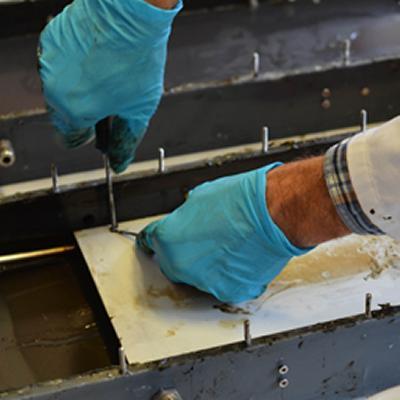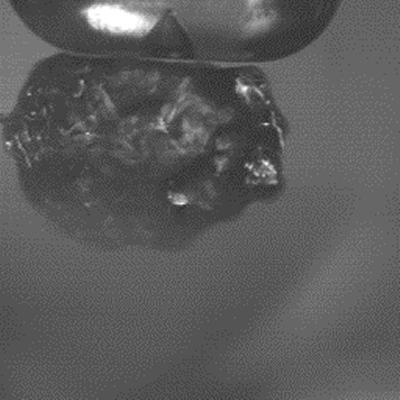Using bubbles to enhance the efficiency of reactors that turn waste into clean water and green energy.
This project aims to use ultrasonically activated bubbles in a variety of ways to enhance bioreactor performance. Bioreactors turn food waste and municipal waste into energy, clean water, and fertilizer. As these systems improve, they will be able to generate more power and become a valuable source of renewable energy.

In the developed and developing world, clean water and energy are vital resources that will grow so scarce in coming years that they will likely lead to conflict, increased disease, mass migration, and socio-political pressures on an enormous scale. While shortages of these resources are anticipated the waste and pollution generated by human activities is projected to increase.
This project seeks to mitigate these problems by enhancing systems that turn waste from human activities into clean water, and produce green energy in the process. These technologies are at a critical phase in their development where to total energy output is starting to exceed the energy required to clean the water. Once these systems start producing a net supply of energy their use is expected grow rapidly.
Ultrasonically activated bubbles can be used to enhance mixing, extract specific dissolved species out of the liquid, and clean filters and membranes in situ. The cleaning of filters and membranes in situ is of particular interest because currently bioreactors need large pumps to generate shear flow over the membrane or need to be cycled to backflow clean water. Without these precautions the membranes would become irreversibly clogged and need to be replaced.

Figure 1. Ripples on the surface of a bubble wall (from Leighton, T.G. (2004) From seas to surgeries, from babbling brooks to baby scans: The acoustics of gas bubbles in liquids, International Journal of Modern Physics B, 18(25), 3267-3314).
Manipulating dissolved gas
Acoustic fields in liquids can excite gas bubbles to cause them to pulsate. This mechanism can be used to either enhance the rate at which gasses are dissolved in the solution. It can also, depending on the application, be used to cause previously dissolved gas to come out of solution.
Cleaning
Acoustic fields can also excite ripples on the walls of the bubbles. We plan to use this process to clean membranes in place to increase the critical flux of clean water out of the reactor and allow energy production from more dilute waste.
This research was funded by the BESTF2 project BioWaMet, with funding from BBSRC administered by the EU under H2020.
NAMRIP Members Dr Craig Dolder and Professor Tim Leighton, Faculty of Engineering and the Environment